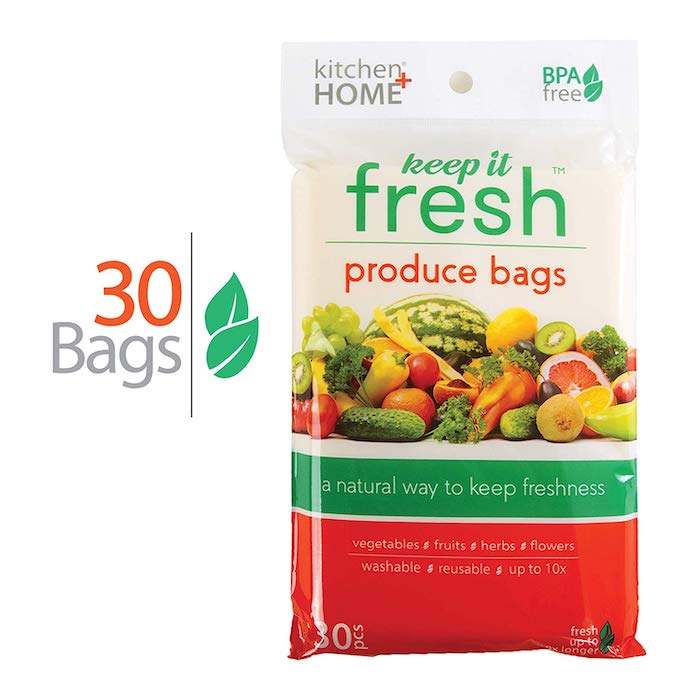Summer is a magical time when an abundance of produce hits the shelves and we’re blessed with in-season goodies to cultivate scrumptious meals. Whenever I head to the Farmer’s Market (while safely wearing a mask and maintaining social distancing), my eyes are larger than my appetite, and I buy as many colorful fruits and vegetables as my canvas tote can carry. I take on the demeanor of the Barefoot Contessa and dream of all the delicious meals I will be making for my family that week.
Because your registry isn’t just a checklist, we’re here to help you choose what’s best for you. From moms and experts who have been through it all, these are our winners for The Everymom’s 2025 Baby Registry Awards.
I don’t really try to preserve the produce I buy because, in my mind, my family and I will joyfully devour every juicy berry and leafy green before the week is over. In reality, a lot of the produce I buy ends up going bad before we have a chance to eat them. So, I’ve resigned myself to do two things:
- Be realistic about how much produce we will eat during the week and buy less
- Find ways to preserve the produce that we do buy
I’ve come up with a few ways to help us preserve summer produce that has helped us save money and allowed us to incorporate it into more of our meals—check out my tips below.
1. Produce bags
The ethylene gas that fruits and vegetables naturally emit greatly speeds up decomposition. Produce bags help absorb ethylene gases to help slow down the ripening process and allow for longer-lasting freshness.
Every time I buy strawberries it seems like they have to be eaten within a day or else they’ll start molding. Produce bags have really helped me to keep our strawberries fresh, and I don’t feel guilty for wasting money buying organic. The bags have also worked wonders on the lettuce, blueberries, and avocados that we’ve bought to ensure that they last until we are ready to eat them.
2. Freezing
Freezing is a quick and easy way to preserve produce so it can be used at a later time. However, there are some caveats to consider.
Certain vegetables like broccoli, spinach, and cauliflower need to be quickly blanched in boiling water before they can be frozen. After your produce is cleaned, cut, and blanched, spread them in a single layer on a baking sheet and put it in the freezer–this is to make sure they don’t stick to each other. Once everything is frozen, you can transfer everything into a storage container or a Ziploc bag. Label and date, and you’re good to go!
3. Canning and pickling
For those moms who want to kick it up a notch, canning and pickling are longer-term ways to preserve fresh produce. Unless you’re a pro at canning, you should always follow a recipe, as it will tell you how much salt, vinegar, and other natural preservatives to use.
You will also need to sterilize the jars you use to prevent food-spoiling bacteria from forming, and depending on the recipe, acquire the equipment for either water-bath canning or pressure canning. Although canning and pickling can seem intimidating at first, it’s well worth the extra work. If done correctly, the life of your fruits and vegetables will be extended for an additional year.
4. Repurposing
When my bananas start to turn brown, I’ll make banana bread. I also do the same with any zucchinis that start to lose its luster. When my tomatoes start getting squishy and sad, I’ll roast them and incorporate them into a pasta sauce or use as a side dish. Just because produce starts to turn doesn’t mean you can’t use it in another way. Try dehydrating produce in your oven for a quick snack or using older fruit in a smoothie.
This article was originally published on July 28, 2019.
Read More: One Editor’s Under $100 Trader Joe’s Haul for Stay-at-Home Meals and Snacks


 "
"

